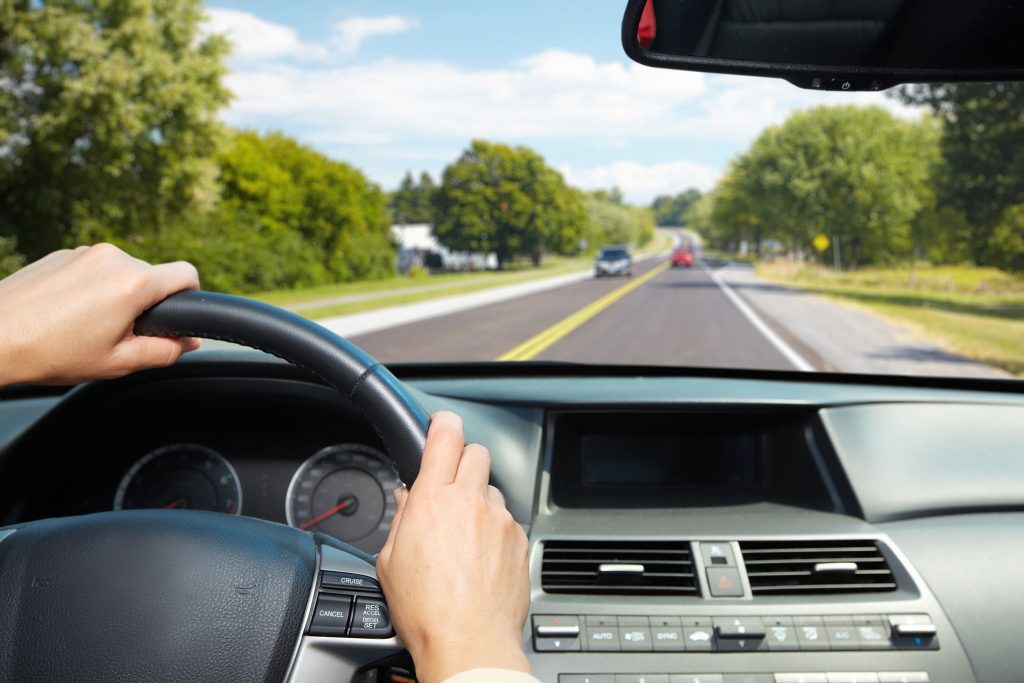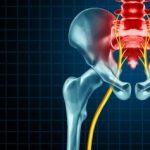Driving plays a central role in our lives. It helps us to be active in many fields, maintain independence and comfort, maintain employability, and manage family and social life.
How does multiple sclerosis affect driving ability and how can it be improved? Details in the next article.
What are the skills required for driving?
Driving is an occupation that requires a number of abilities from us 1 :
Sight
Sight – it is required to see the entire space around us, to gauge distance and to recognize pedestrians, road signs and road signs even from a distance. All this in changing weather conditions and during the day and night.
Motorics
Motorics – requires the use of hands and feet at the same time, with synchronization and coordination between them. In addition, good ranges of motion in the neck and torso are required in order to reverse, park or make a turn on the road.
Cognition
Cognition – it is necessary to analyze several situations at the same time, to make critical decisions in real time and execute them very quickly. Cognitive abilities include attention, memory, decision making, information processing speed, visual-spatial perception, visual scanning and more.

How is driving affected by multiple sclerosis?
Multiple sclerosis manifests itself differently from person to person and so does the effect on the ability to drive.
Motility and sensation
Motility and sensation – multiple sclerosis can affect, for example, the application of gross force, fine motility or the ability to regulate force. These may affect the ability to grip the steering wheel effectively and safely, maintaining the driving lane, making turns, maintaining a stable steering wheel, and pressing the brake or gas pedal 2. Loss of sensation can affect the ability to operate mechanisms in the car, such as the ability to move the foot from one pedal to another, turn on the signal, wipers, lights and more.
Vision
Vision – multiple sclerosis may affect visual acuity, field of vision or distance estimation. All of these are important for the ability to recognize the situation on the road and respond to it accordingly: estimating the distance from the vehicle in front, estimating the location and size of the vehicle in relation to parking, distinguishing the travel space and the ability to respond accordingly to pedestrians, traffic signs and vehicles, and identifying potential dangers from a distance and preparing for them 2,3.
Cognition
Cognition – people with sclerosis can experience changes in their attention abilities: split attention – the ability to split attention to several things, such as vehicles, traffic lights and pedestrians at the same time; Selective attention – the ability to choose which stimuli to pay attention to and which to ignore, such as road signs versus billboards; Sustained attention – the ability to drive for a long time. Also important is the visual-spatial perception, reaction speed, decision-making speed, response regulation, information processing speed, which are also affected by impaired cognition 2,3.
Solutions to improve driving

The good news is that there are solutions to improve driving.
Besides the drug treatment, you can seek treatment from the health professions and work on improving the affected areas:
Occupational therapy
Occupational therapy – helps improve motor, sensory and cognitive abilities and difficulties in daily functioning, including driving.
Physiotherapy
Physiotherapy – helps to improve motor and sensory abilities.
The treatments of the health professions are provided within the framework of the health fund and it is possible to request a recommendation for treatment from the treating neurologist and receive a referral to them through the family doctor 1 . If even after this treatment there is still difficulty driving, there are various adjustments that can help to return to driving – some require a change in behavior while driving, others include special equipment.
Changes in conduction
Examples of changes in conduct 3 :
Pay attention
- Travel at times of alertness,
- Make short trips and drive in favorable weather conditions (heat makes you feel tired and rain requires more concentration).
- It is important to make sure that the atmosphere in the car is not distracting – no conversations with another passenger, phone or radio.
Estimation of distance or reaction speed
- Keep a greater distance than usual from the vehicle in front,
- Observe a relatively slow speed and
- Drive in the right lane.
External aids
- Panoramic mirror and the addition of side mirrors to increase the range of vision;
- Eyeglasses for those who need them;
- Navigation apps;
- Mobileye to maintain the position in the lane and the correct distance.
These changes can be implemented relatively easily, but confirmation must be obtained from the attending physician that there is no obstacle to continuing driving due to the current medical condition.
Special accessories
Examples of special accessories 3 :
- In case of weakness in one of the hands, you can use an accessory called an “apple”, which is mounted on the steering wheel and allows you to drive with one hand.
- In case of weakness in one of the legs, the position of the pedals can be changed; In case of weakness in both legs, the gas and brake mechanism can be transferred to a manual mechanism.
- You can adjust the size of the steering wheel or the degree of difficulty required for the turn.
- In the event of a limitation in the range of movement and power, the operating mechanisms of the vehicle, such as gas, brake, steering wheel, and secondary control mechanisms, can be placed on a joystick.
- There are vehicles adapted for a driver in a wheelchair.
[in Israel] The recommendations for the type of equipment are given by the vehicle adjustment committee, which is located at Merbad (the Medical Center for Road Safety). It is possible to get financing assistance from the National Insurance, and the installation of the accessories is done at authorized car installers.

Where can I turn if I have questions about driving?
Doctor
Consult the attending neurologist and ask his opinion.
The body authorized to determine driving competence
After a comprehensive evaluation examining your medical, functional and mental status, your driving status will be determined.
[in Israel] Institutes for the evaluation and rehabilitation of driving skills
There are several institutes in Israel as part of the occupational therapy institutes, which have undergone special training. In these institutes you can also get driving rehabilitation if necessary.
It is important to remember that there are alternative solutions for driving: public transportation, a scooter, a family member, volunteer associations or a paid driver. It is important to find the right and suitable solution for each and every one in order to maintain an active and satisfying lifestyle.
The author: Hadar (Reich) Kurtzman is an occupational therapist, MSc.OT, and a driving rehabilitator. Works at Rabin Medical Center, Billinson Campus.
Sources:
- Weiss & Co. 2013. Israeli Journal of Occupational Therapy. 2013 22: 154-162
- Krasniuk et al. Transportation Research. 2022;85:103-118
- Devos et al. Arc Phys Med Rehab. 2017;98:1332-1338
Video: “Rehabilitation of the patients with Multiple Sclerosis”
For additional information about Rehabilitation of the patients with Multiple Sclerosis you can watch a video demonstrating exercises and rehabilitation recommendations.

Check out the demo version of our sets of exercises for Multiple Sclerosis on YouTube
You can find more information about Multiple Sclerosis in our Library of Articles.
Our website presents the following sets of exercises for the rehabilitation of the patients with Multiple Sclerosis:
-
MULTIPLE SCLEROSIS. EXERCISES FOR STRETCHING AND IMPROVING BODY FLEXIBILITY AND JOINT MOBILITY, REDUCING TONE
-
MULTIPLE SCLEROSIS. EXERCISES TO STRENGTHEN THE MUSCULOSKELETAL AND MUSCULAR SYSTEM, ENDURANCE
-
MULTIPLE SCLEROSIS. EXERCISES TO IMPROVE COORDINATION, BALANCE AND GAIT
-
MULTIPLE SCLEROSIS. STRETCHING AND WORKING WITH A MASSAGE ROLLER. ADVANCED STAGE OF REHABILITATION



